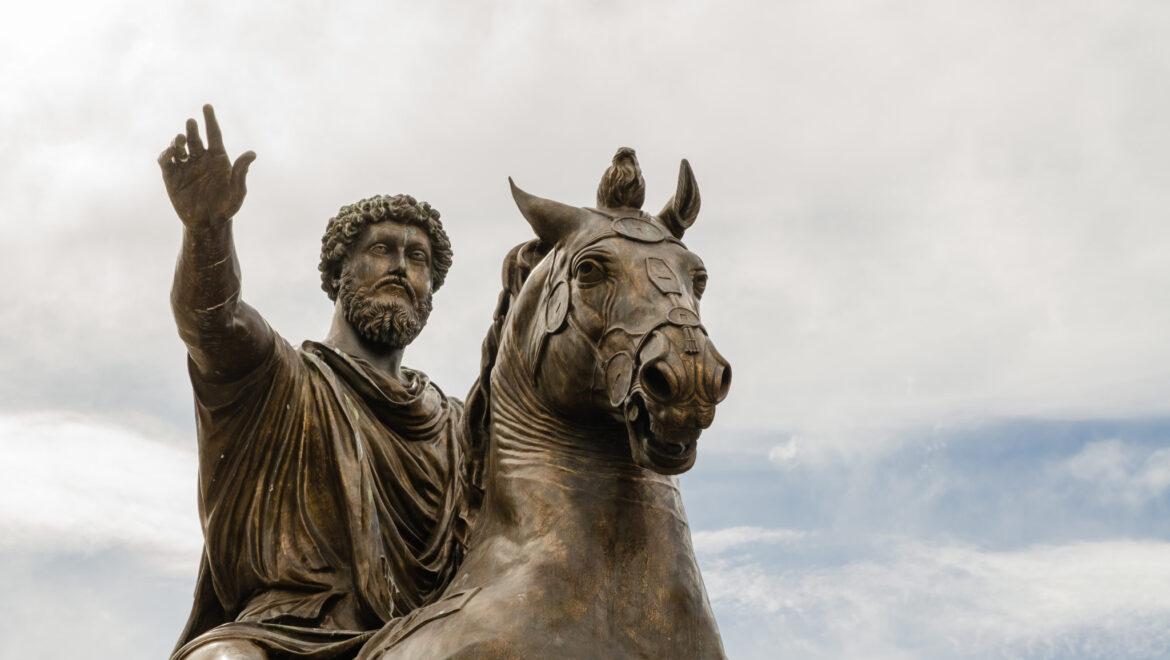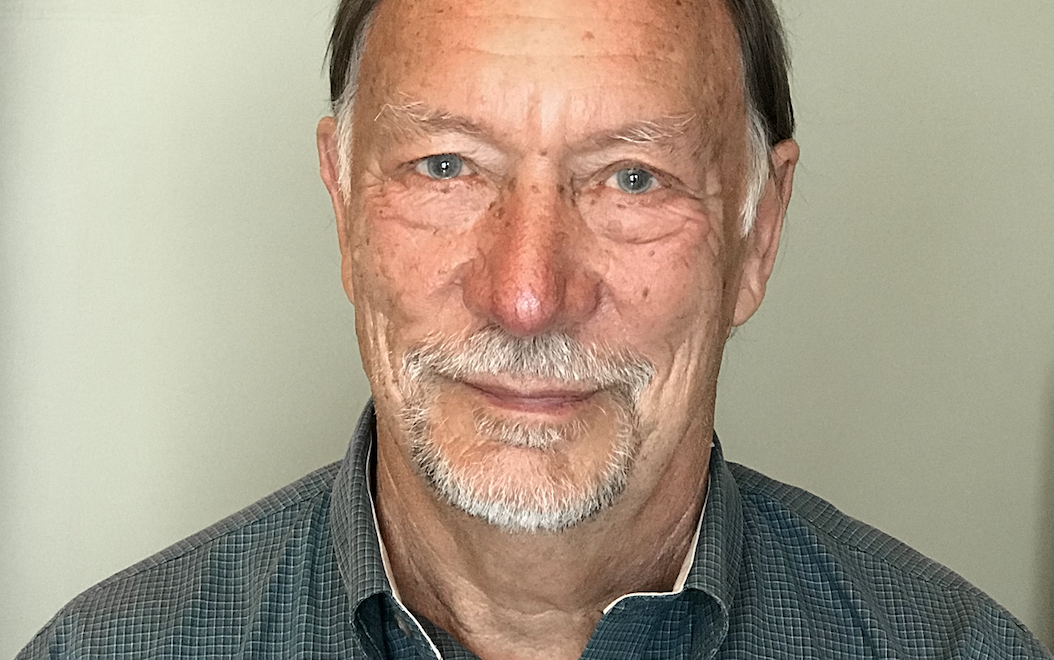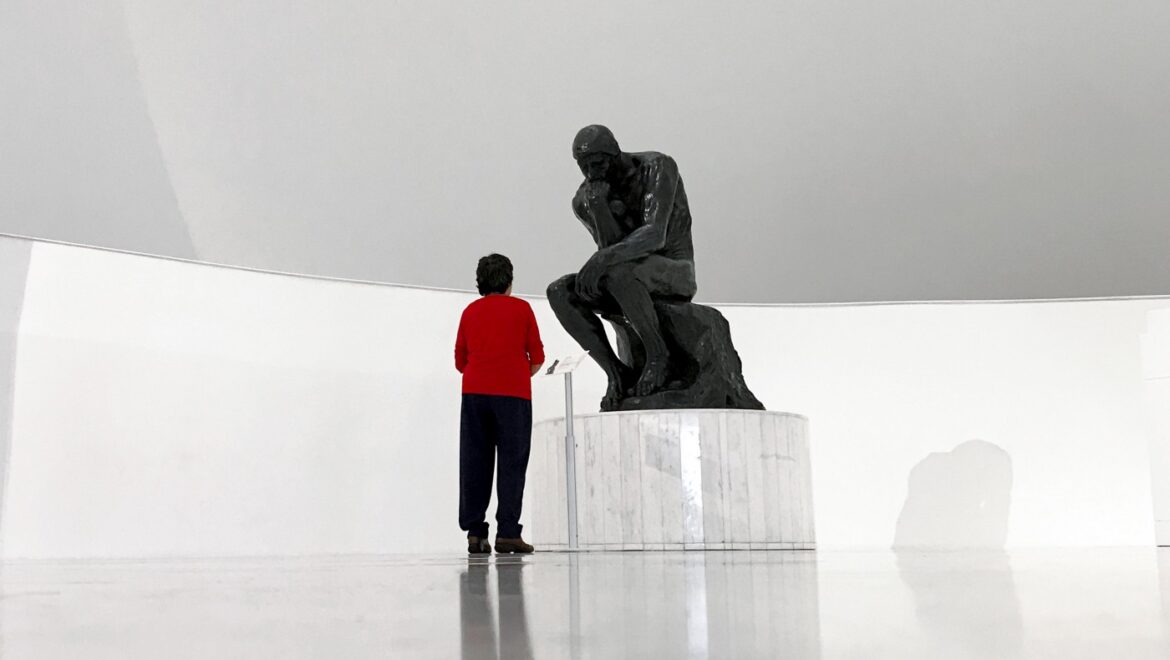Why Every Kid Playing Sports Should be Meditating and Practicing Mindfulness
Athletics were a huge part of my childhood. I played four years of division one tennis at Princeton University and also played basketball, volleyball, cross country, and track in junior high and high school. I loved it all.
But if you asked me what one thing I would change, the answer is easy: I would have practiced meditation and mindfulness. Why?
My pro tennis player friend
Let me start with the story of my late friend, Bill Scanlon. In the fall of 1975, Bill was a 19-year-old sophomore at Trinity University playing #6 on the tennis team. That placed him as roughly the 100th-best player in college tennis.
Over Christmas break, Bill got to know a man who focused on meditation and sports. After working with him over the winter and spring, Bill won the NCAA singles championship in May of 1976. He went from #100 to #1 in the span of a few months.
After the NCAA’s Bill turned professional and reached a ranking of #9 in the world, beating the likes of Bjorn Borg, John McEnroe (three times), Ivan Lendl, Ilie Nastase, Boris Becker, and Andre Agassi, all of whom reached the world #1 ranking.
Bill told me unequivocally that there was no way he could have achieved what he did without the meditation and mental work he did. He said it was the most important ingredient to his success.
Why? Why does meditation help athletic performance so much?
In short, it helps to quiet the noise in our heads. What’s that noise and how does it hurt us?
When I was a kid, if I was playing a great player and beating them, my head would go straight to thoughts of: “Oh, my God! I’m beating Jimmy Pugh! He’s a legend! Wouldn’t it be great if I beat him? Can I really do that? He’s so good…” These thoughts were inevitably followed by my falling apart and losing.
Athletes need to remain in the moment
What was I NOT doing when I was thinking all those thoughts? I was not concentrating on the task at hand. The next point. The next shot. That is where an athlete’s head needs to be: In the moment.
An athlete’s head needs to be as clear as possible. What do I mean by clear? Not thinking at all.
When we do that we have the best chance of entering that elusive realm that all athletes covet: The Zone. When an athlete is in the zone, they’re not thinking about anything. They’re on autopilot, letting the genius within us all take over the steering wheel. Think Michael Jordan, Tiger Woods, Mia Ham, Simone Biles…
The example of Tiger
Speaking of Tiger Woods, I can’t tell you how many times I heard him say to a gushing interviewer, after pulling off his latest brilliant golf win, “You know, I really didn’t do anything special. I was just trying to stay in the moment and focus on each shot.”
Well, that’s impossible to do if your head is thinking, “Man, if I birdie this hole I win the Masters! Holy crap! How great would that be?!” Successful athletes block out the noise and stay in the moment.
And that is the point of this article:
There is no better exercise to strengthen the ability to stay in the moment than meditation.
What is meditation? That’s easy. It’s closing your eyes, relaxing, and then following your breath, or some other object of attention. Then when your mind snatches your attention and starts thinking, you just notice that that has happened and bring attention back to the breath.
And we just keep doing that. Over and over. When we do this on a sustained basis, we get better at remaining present and quieting our chatty minds.
It’s simple. And anyone who tells you otherwise is overthinking it.
Meditation is simple but not easy
But notice how I said meditation is simple. That doesn’t mean it’s easy. Why isn’t it easy? Because our minds love to wander into thought. It’s what minds do. But with sustained practice, just as with learning the violin or playing golf, we get better at it.
Which age group does the most out-of-control thinking? Teenagers! Kids! They’re going through all kinds of body changes with hormones coursing through every distant corner of their being. Long story short, the group of athletes who need meditation the most are our kids.
A question for coaches
Let me pose a question to any coaches out there reading this. The score is tied with two minutes left in the championship football/lacrosse/basketball game. The players are waiting for the referee to blow the whistle to start up. Which kid would you want on your team?
Player #1: “God, I’m so nervous. I hope I don’t screw up. My teammates will kill me. So will my dad. I just hope the ball doesn’t come to me…”
Or…
Player #2: The moment he/she finds themselves nervous and starts to think, they notice that and stop. Then they immediately start following their breathing. All the way in…and all the way out. Breathing in…Breathing out…Breathing in…Breathing out…
That is ALL that player is doing. Because when one follows their breathing, they can’t think good, bad, or indifferent thoughts. They just breathe. And the noise dissipates.
Player #2 will be calmer, more focused, and likelier to perform more to his or her potential than Player #1. No question about it.
Champions who meditate
This all seems so obvious to me that it boggles my mind that I don’t hear of many high school programs doing this stuff. If meditation works for Steph Curry, Lebron James, Michael Jordan, Carli Lloyd, Rory McIlroy, Novak Djokovic and Russell Wilson, why the heck aren’t we having our young athletes do it?
I see so many parents going all-in on their kids’ sports lives. I know of several tennis parent friends of mine who have their kids home-schooled just so they can train more.
And yet…I don’t hear any of them having their kids focus on what most athletes would say is the most important part of sports: The mental game. Really?
I’d understand if the meditation/mental game regimen was overly intrusive and difficult. But it’s not. It doesn’t even take that much time. It just needs to be done. Regularly.
A simple program
What kind of program would that require for your teen athlete? That’s also simple. It’s two components.
1. Meditation: You start them on a gradual meditation program. Just 2–5 minute sessions for the first month or so. Then gradually increase to 10–15 minutes a day. That’s it.
2. Mindfulness: You know that scenario I introduced earlier with the kid going to his breathing to calm his nerves? That’s a mindfulness exercise. Mindfulness is just a macrocosm of meditation that we use in our daily lives.
In meditation we follow our breath then when we notice we’ve drifted into thought, we bring our attention back to the breath.
With mindfulness, we notice when we’ve drifted into thought in our everyday lives. One example was noticing the start of freaking out during the championship game with two minutes left and placing attention on breathing.
Obsessing over a crappy comment
Another example, for adults, would be driving home from work thinking obsessively about how angry we are at our spouse/friend/boss for the lousy comment they made earlier in the day. We notice that we’re stuck in those thoughts then bring attention back to our breathing or listening to the radio or looking out the window at the sky and trees. We do anything that returns us to the present moment.
That’s mindfulness. So with young athletes that means teaching them some basic mindfulness practices. They aren’t complicated. It’s mostly just noticing when your mind has gone somewhere you don’t want it to be and then bringing it back to the present, usually with some kind of breathing exercise.
It really isn’t that complicated. IT JUST NEEDS TO BE DONE.
This will absolutely result in any young athlete performing better at their sport. Will it make them a world-class athlete like my friend, Bill Scanlon? Maybe. Maybe not. Some amount of natural talent is required to make it to the elite levels of sports. But they will get better.
I have a big surprise for you
Reading all this, you would think that that is the main purpose of this article. To get young athletes meditating and practicing mindfulness so that they will become better athletes.
Right?
Wrong.
Getting better at sports is the second most important reason you should get your kid athletes meditating. What is number one?
It will help them deal with the anxiety and depression afflicting so many young people today.
According to the National Institutes of Health, one in three kids between 13 and 18 will develop an anxiety disorder. And hospital admissions for suicidal teenagers have doubled in the past ten years. (healthychildren.org) It’s an epidemic.
Meditation and mindfulness have been proven to help in these areas. Harvard studies show that meditation not only shrinks the anxiety center of our brains (the amygdala), but also thickens the walls of the prefrontal cortex, the part of the brain that calms us down when we feel threatened.
The takeaway
I hope any coaches or parents of athletes will act on this. Getting kids meditating and practicing mindfulness is not that hard and doesn’t require much time. But the benefits are enormous.
Again, not doing these practices when I was a teen is my biggest regret. Partly because of what it could have done for my athletic performance. But mostly because of how much it could have served me as I navigated adulthood.
I’ve been practicing meditation and mindfulness for ten years. I can only imagine the good it would have done me had I been practicing for 45 years.
The athletes you coach and their parents have that opportunity. You, your team, your kids, and the world will be better off if you get them doing these powerful practices.










